[브랜드다큐멘터리] BUSAN (영문)
2023년 09월
Back
in 2018, when B revisited Seoul, the capital city of Korea, to put out a second
edition, we talked about what city would be the best for the city issue besides
Seoul. Many of our editors—including me—thought of Busan, the second largest
city in Korea, and Jejudo Island for its breathtaking natural landscapes. Five
years later, we wound up doing an issue that features Busan. Of course, we were
drawn to Jejudo Island because it embodies the idea of rest and relaxation, but
truthfully, we were more curious about Busan’s many faces beyond the beaches
and tourism. I myself visit the coastal city every year and always feel like
moving there whenever I go, so it is obvious that the port city 400 km south of
Seoul has some kind of magnetic allure.
Each
time I arrive at Busan Station and taxi to Haeundae to get settled in—I’ve done
this so many times I don’t dare to even try to count—I find myself mesmerized
by the landscape of the piers as I look out the car window. Not until rows of
shipping containersand towering cranes catch my eyes do I feel like, ‘Ah!
Finally, I’m in Busan.’ It feels like passing through immigration. Maybe
because of the unique layout of port cities, I have always assumed that Busan
was bigger than Seoul. Maybe it is the impression that you can only get from
the second- or the third-largest cities. Apparently, it is the norm that the
nation’s largest city—the capital city in an administrative and economic
sense—naturally chases ideas like “global standards” and “cosmopolitanism.”
Despite the never-ending changes inarchitecture, culture, and commercial
districts that seem to pop up overnight, capital cities always feel rather
mediocre when all things are said and done. That might explain why I have
recently heard globe-trotters grumbling that there is nothing special out
there. Everything is already in Seoul.
But
Busan has staved off this rather imminent phenomenon of standardization. Of
course, the city boasts a good number of flagship stores by globalbrands, inventive
and fancy restaurants, and uniform- like styles that hipsters wear, but these
elements
do
not shape the visitor’s impression of the city. Rather, Busan’s cultural
elements—embedded in the clothing, food, and architecture—forge a distinctive
locality in its raw state, emerging through the cracks between the
well-developed infrastructure that is essential for a big city to survive. The
essence of Busan that B captured for this issue also centers on the people, the
products, and the companies that add contemporary twists to local tradition.
From Momos Coffee’s Jooyeon Jeon, who triumphantly sprang up from the local
specialty coffee scene and on to the global stage; and Balansa, a fashion brand
whose contemporary chicness is no less superb than Seoul- born rivals; to Gentz
Bakery, which strives to retaina sense of “Koreanness.” All these players
generated cultlike followings locally and received offers to expand to Seoul.
(Usually, it happens the other way around.) In a city where not even one of
Korea’s top 100 companies has its headquarters, it is a feat thatlocally grown
creativity translates to business acumen, resulting in phenomenal success.
The
potential of Busan, I opine, lies with innovative small business owners, though
they are wildly outnumbered by their counterparts in Seoul. Indeed, the
Busanites B met say that the city’s potential isin the hands of the people who
grew up in Busan,far from Seoul and close to the door to the outside world.
Busan has constantly grappled with internal and external forces due to its
geographical position and historical events, like outsiders coming and going,
refugees from the Korean War rushing in. Even still, it seems that Busan has
the most fertile soil to cultivate new contemporary ideas. This may be why I as
a land dweller, born and raised in Seoul, always envy people who live near
water—and where they come together, in Busan.
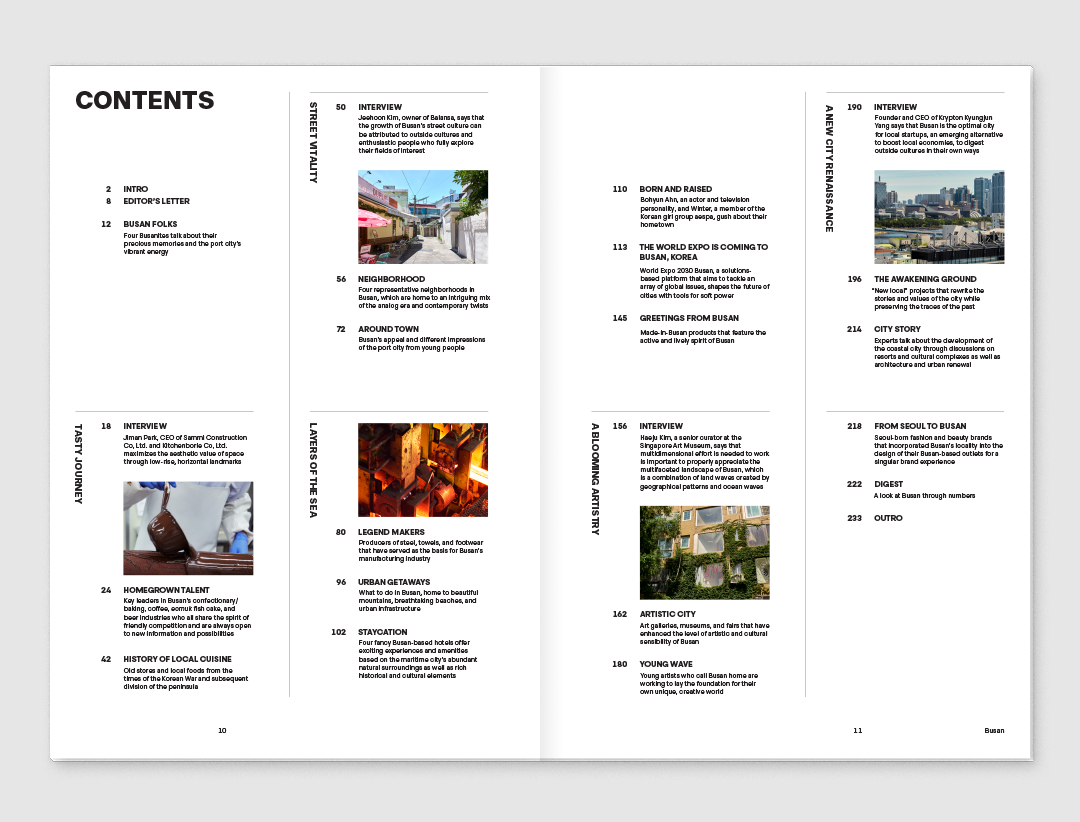
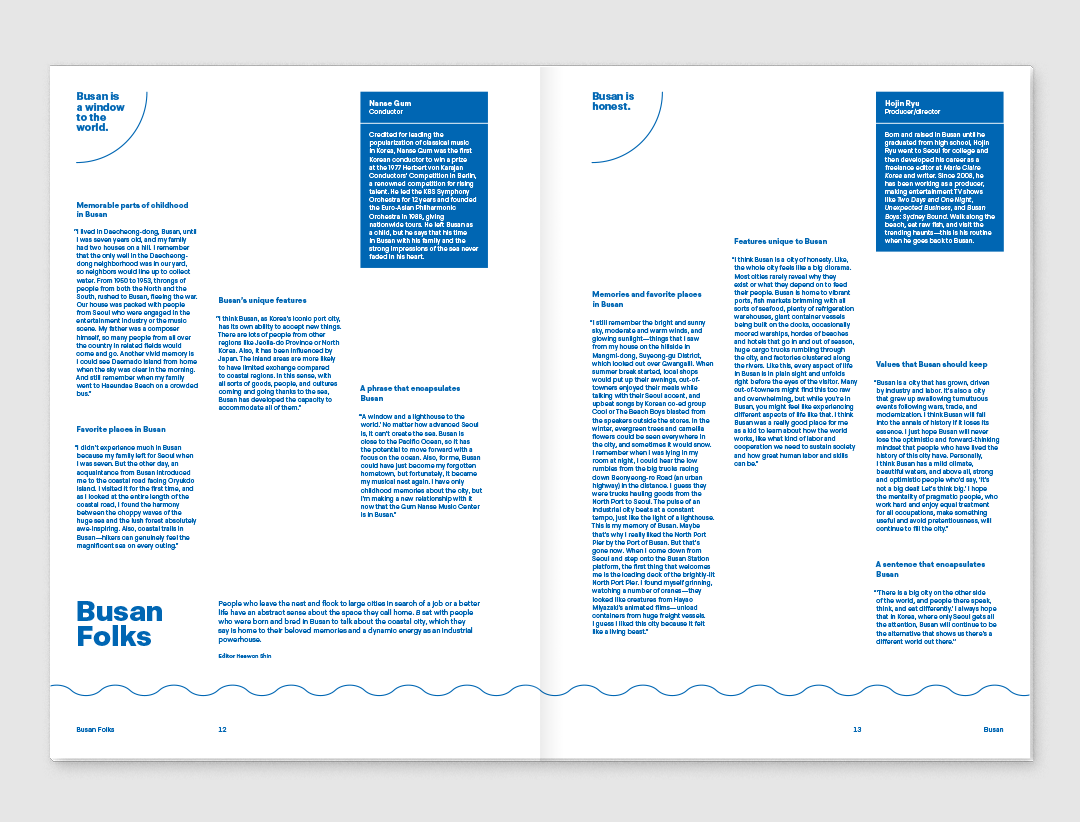
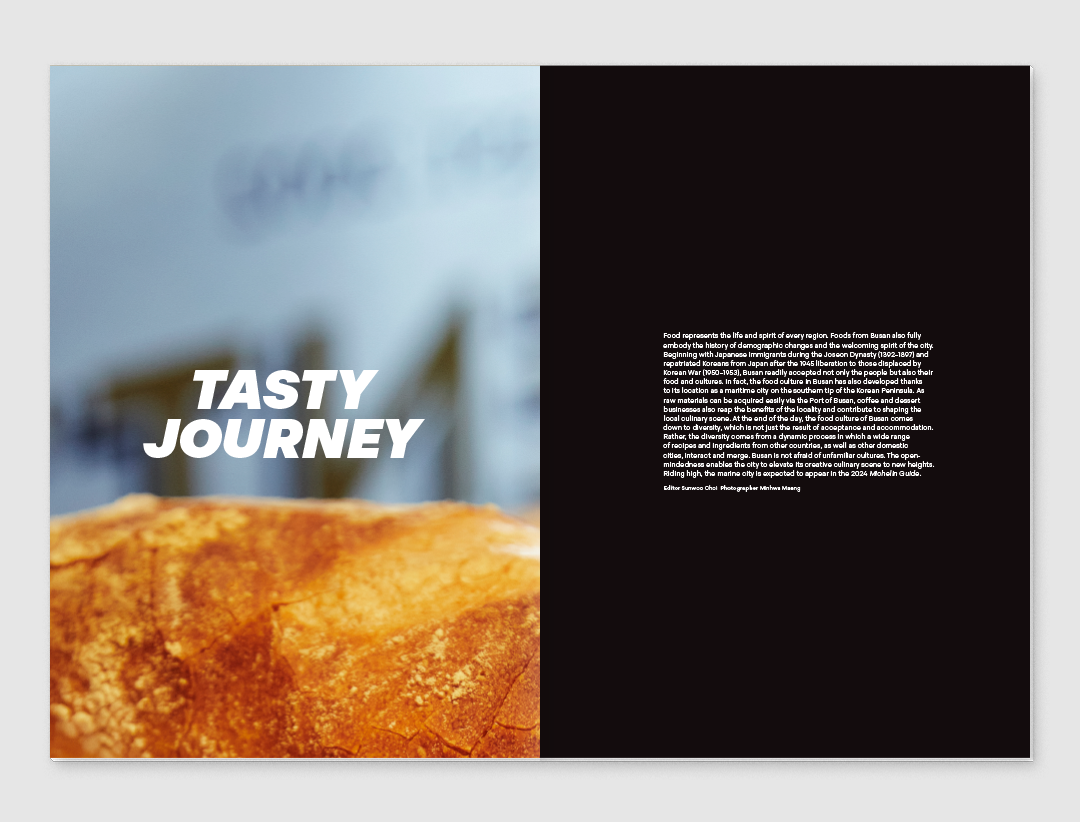
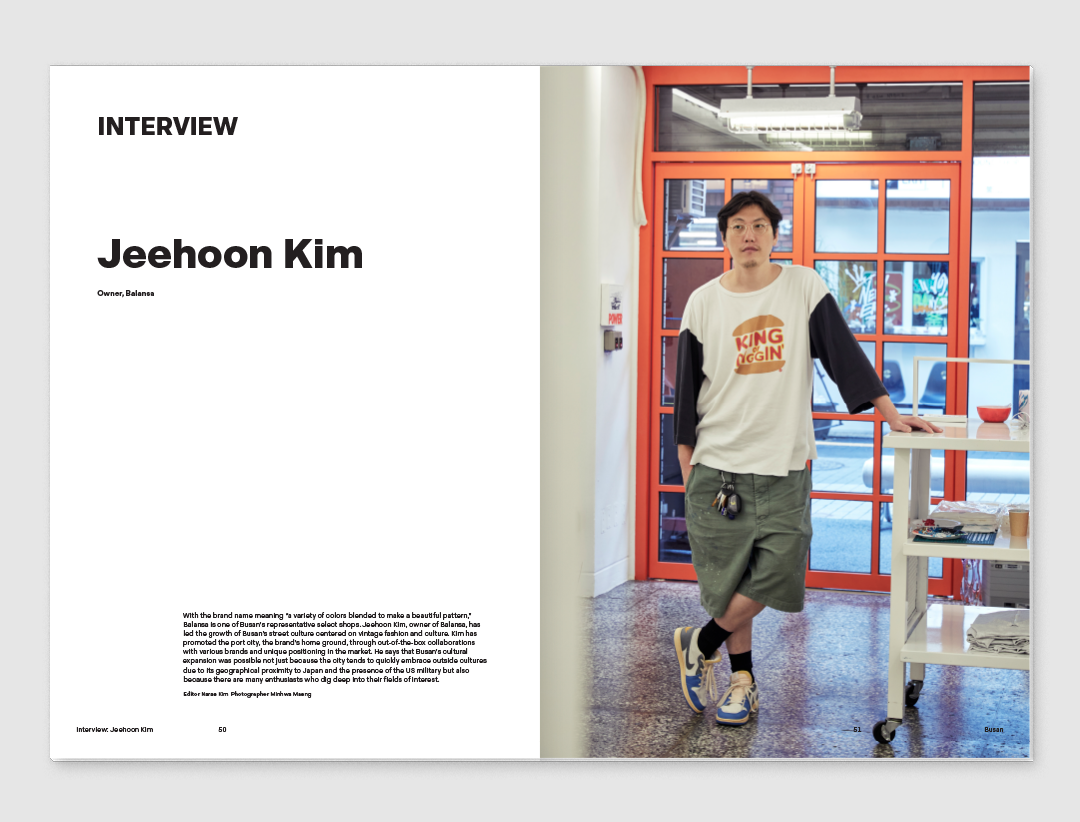
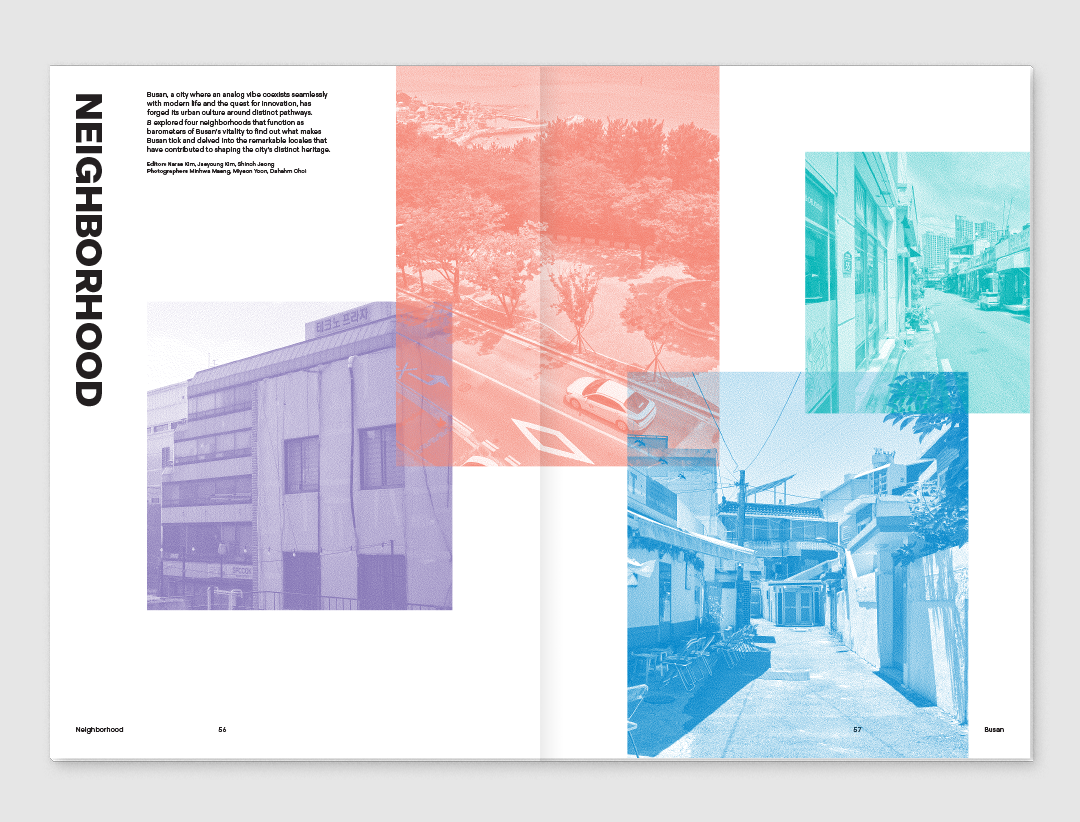
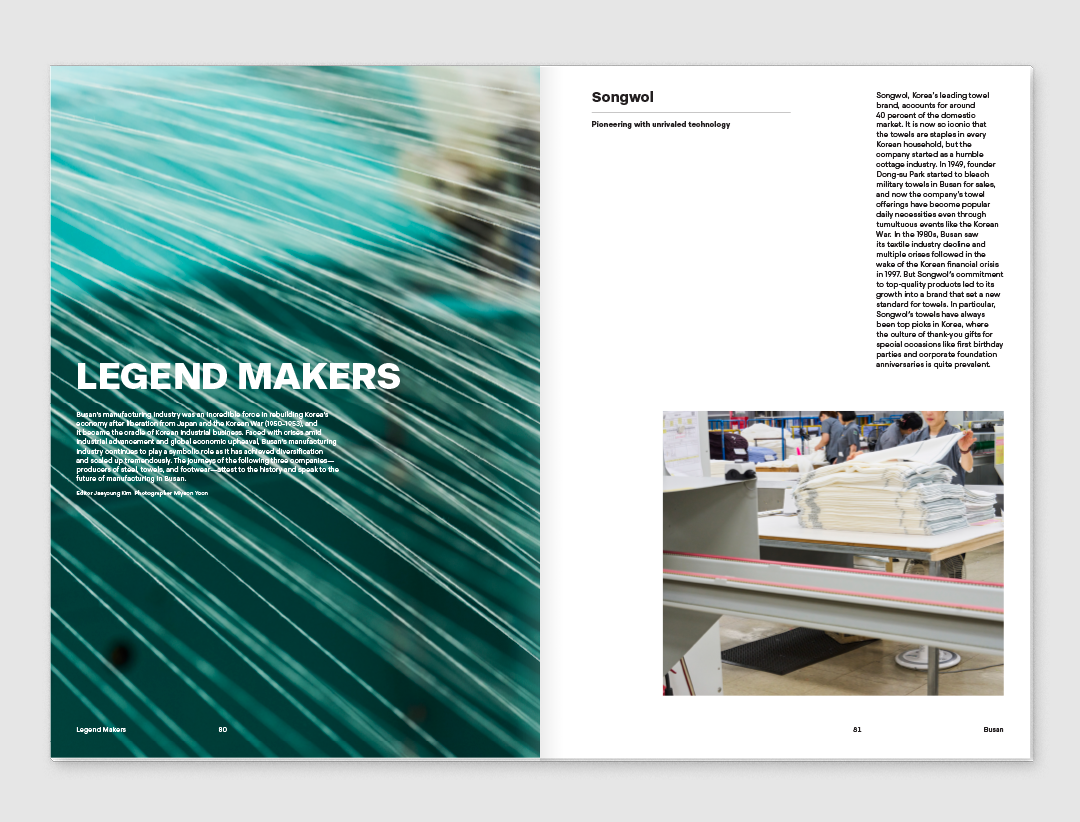
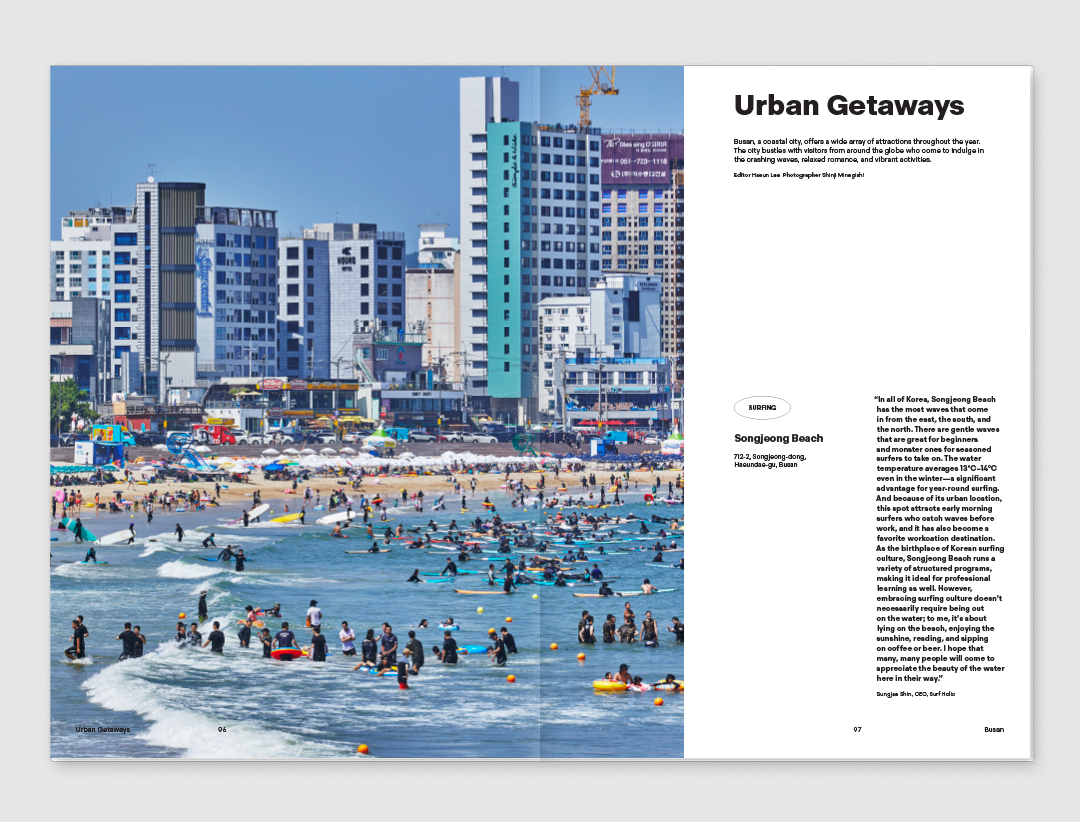

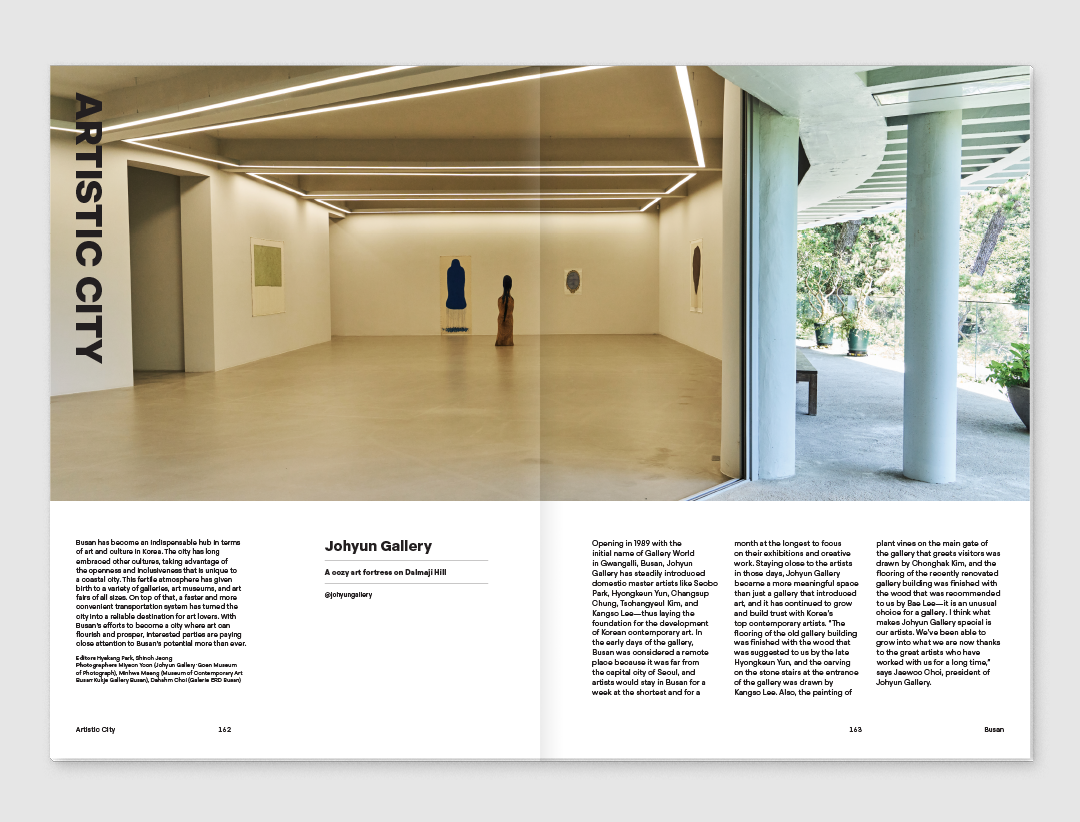
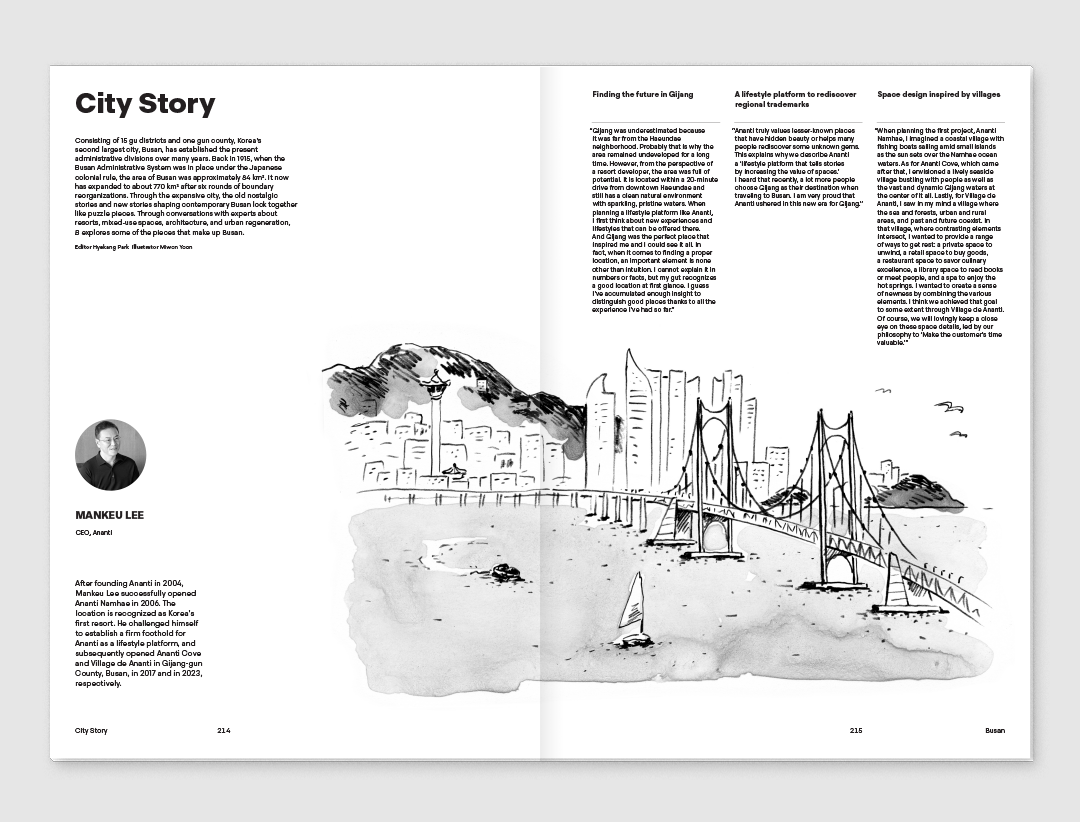
|